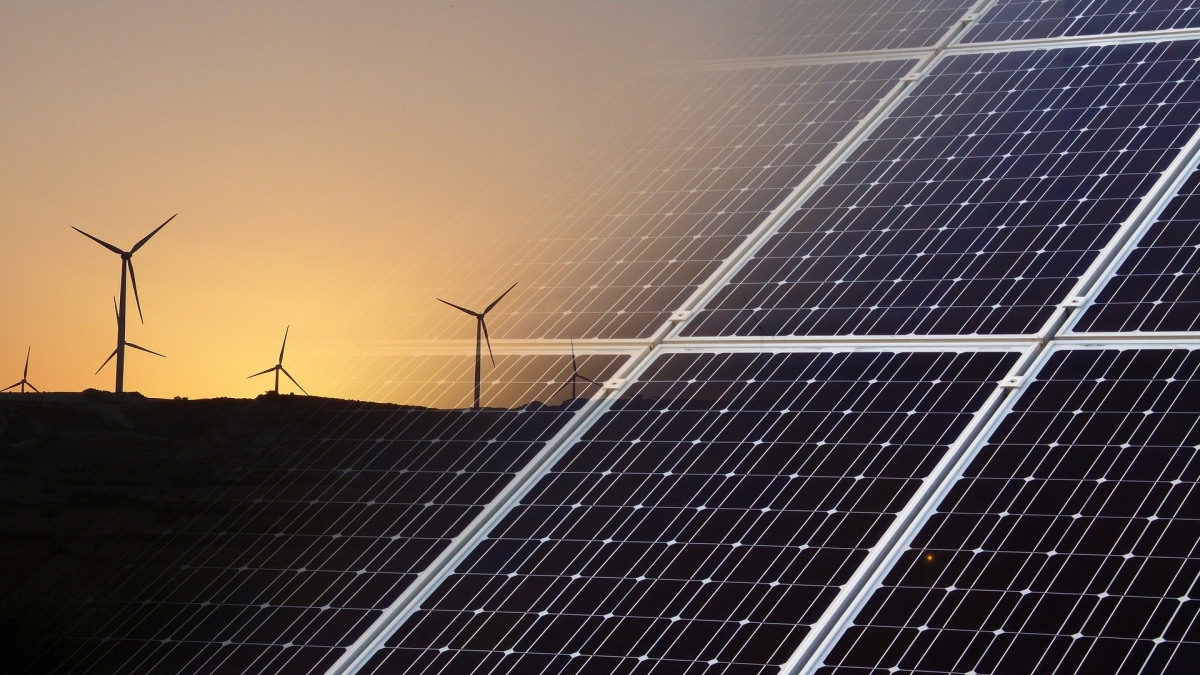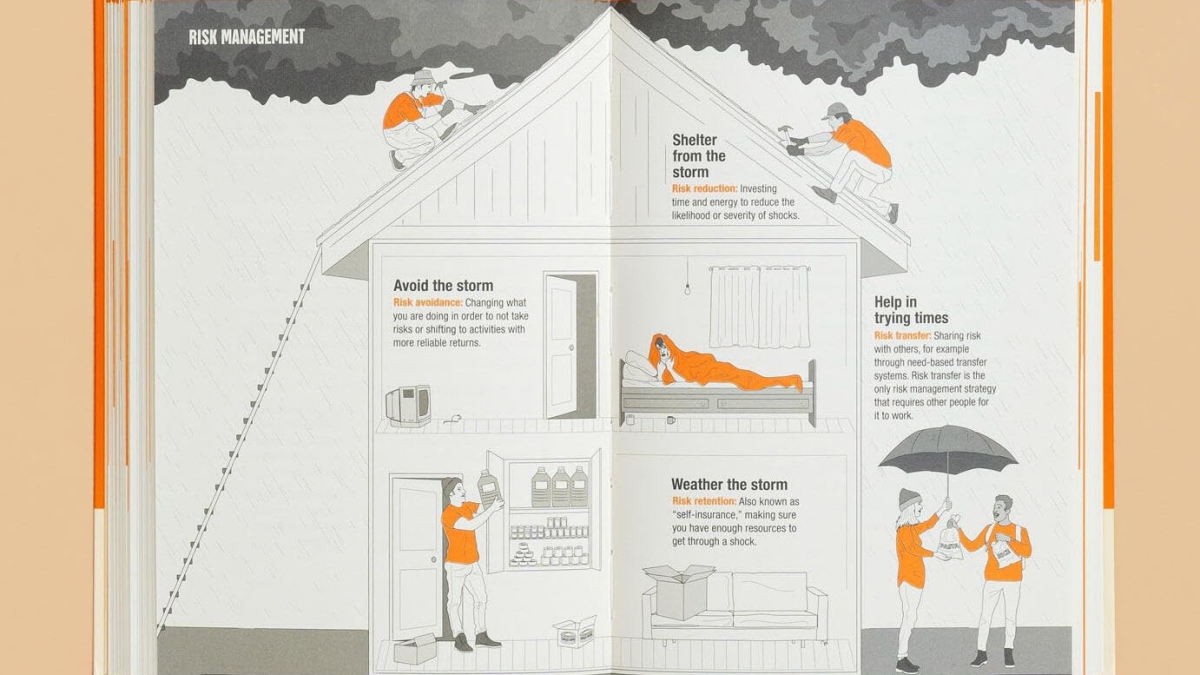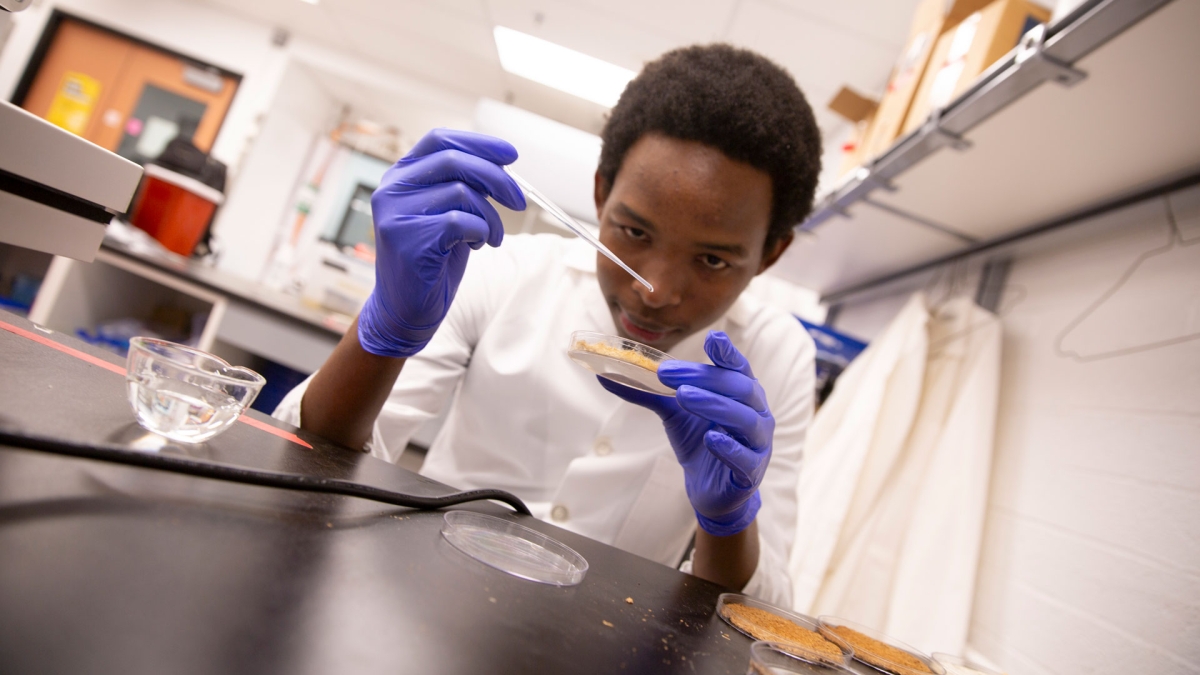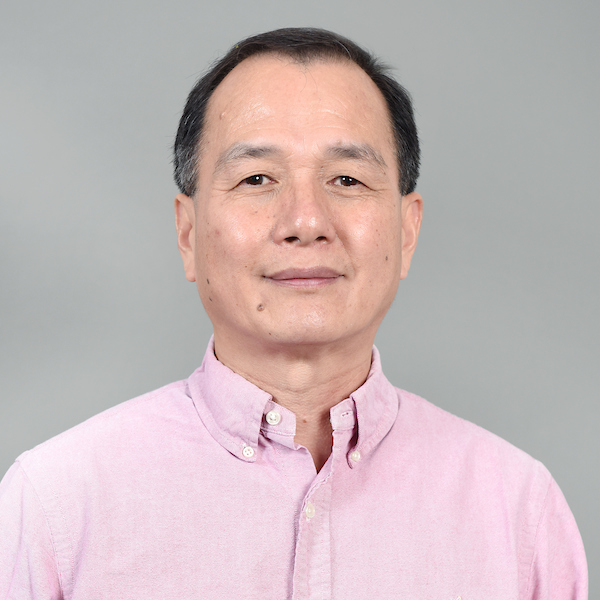When will we move fossil fuels off the grid?
ASU sustainability scientist predicts a complete switch to renewable energy will most likely come at the turn of the century

For decades, the United States has attempted to wean itself from fossil fuels but with limited success. Coal, natural gas and oil still comprise about 80% of our energy supply, according to the U.S. Department of Energy.
It’s cheap, and it’s in abundant supply, but it’s not renewable energy.
Renewables accounted for almost 12% of U.S. energy consumption in 2019 and are slowly trending upward. But the transition is not happening fast enough in light of greenhouse gas emissions, climate change and global warming.
What will it take to get there?
“A globally concerted effort,” according to Arizona State University sustainability scientist Meng Tao.
A professor in ASU’s School of Electrical, Computer and Energy Engineering, Tao’s research covers a wide range of topics in sustainable and terawatt solar photovoltaics, including solar energy storage, solar charging of electric vehicles and solar-powered industrial electrolysis.
In the lead-up to Earth Day, ASU Now turned to Tao to discuss renewable energy, why our country is so dependent on fossil fuels, and how long it will take decarbonize the country.
Meng Tao
Question: What is renewable energy and how many different categories are there?
Answer: Renewable energy is energy that will not be depleted for the foreseeable future. There are six categories: solar energy, hydropower, biomass, wind, ocean energy (waves, current and tides) and geothermal energy. Notably, most of these renewable energy sources originate from solar energy, including hydropower, biomass, wind, ocean waves and ocean currents. Ocean tides are due to the gravitational effect of the moon. Geothermal energy is from the high-temperature Earth’s mantle.
Q: America wants renewable and solar power to replace energy that is reliant on fossil fuels, but how realistic is that and how much time are we talking about until a complete switch over?
A: It is hard to predict the future but my hope is that by 2050 half of the energy we use will be drawn from renewable sources and by 2100 we completely switch over to renewable energy. Unfortunately, this timeline is likely inadequate if we consider how fast Earth’s temperature is rising. We are facing a daunting but inevitable task. It is also important to remember that an America-alone action means little in this transition if 95% of the world’s population continues to depend on fossil fuels. We need a globally concerted effort.
Q: What is keeping us from reaching that goal?
A: There are multiple bottlenecks to our adoption of renewable energy. We have many promising technologies now but not every technology needed for us to live 100% on renewable energy today. For example, we do not know how to store summer solar energy for future winters or sell Arizonan solar energy to Sweden in the way that we buy Saudi oil for America. In other cases, the cost of the technologies is prohibitively high. The cost of solar systems has come down dramatically in the last 15 years, but if you consider the cost of a solar system with storage, it is more than doubled. Of course, there are also special interests, inertia in people’s mindset and behavior, and the huge financial barrier which all hinder our progress.
Q: What countries, in your opinion, are leading the way in using renewable and solar power and how can we better learn from them?
A: Several countries come to mind but I will just mention one: Sweden. I spent a year in Sweden as the Fulbright Distinguished Chair in Alternative Energy Technology and learnt firsthand about the Swedish experience. Public consensus in Sweden pushes government support and private investment into renewable energy. Now the electric grid in Sweden is 100% fossil fuel free: 45% from hydropower, 45% from nuclear energy and 10% from wind. The Swedish experience does not necessarily apply to other countries, as each country has its own unique combination of renewable energy sources, but achieving a public consensus is the first step in speeding up the transition.
Q: What are you doing at ASU to further the cause of renewable/solar energy?
A: My research focuses on sustainable solar technologies. It is ironic that we pursue solar energy for sustainability, but most of the solar technologies we have today are neither scalable nor sustainable. The roadblocks to sustainable solar technologies include the scarcity of the raw materials used in solar modules, the high energy consumption in producing solar modules, storage of intermittent solar energy, recyclability of end-of-life solar modules, in addition to cost and efficiency. We are developing technologies to remove these roadblocks, and our ultimate goal is to drive solar energy into a mainstream energy source by 2050.
Q: What are the most impactful trends for solar energy in the next 10 years?
A: My personal view is that there will be a shift in focus from cost and efficiency to systems, applications and sustainability. The scarce materials used in solar modules must be substituted with Earth-abundant materials. More energy-efficient methods for solar module production are in demand. Innovative storage technologies beyond batteries are needed for long-term storage and global trade of solar energy. Recycling of end-of-life solar modules is barely practiced today. In addition, systems and applications that take advantage of the intermittent nature of solar energy are desirable. Integration of solar energy with transportation electrification will certainly be pursued. The nexus of solar energy, water and food is a high priority for the growing population and prosperity. Grid integration of solar energy has been widely recognized. This is not an exhaustive list but just a few things which pop up first in my mind
Top photo: Renewable energy in action. Photo courtesy of Pixabay.
More Science and technology

ASU author puts the fun in preparing for the apocalypse
The idea of an apocalypse was once only the stuff of science fiction — like in “Dawn of the Dead” or “I Am Legend.” However these days, amid escalating global conflicts and the prospect of a nuclear…

Meet student researchers solving real-world challenges
Developing sustainable solar energy solutions, deploying fungi to support soils affected by wildfire, making space education more accessible and using machine learning for semiconductor material…

Miss Arizona, computer science major wants to inspire children to combine code and creativity
Editor’s note: This story is part of a series of profiles of notable spring 2024 graduates. “It’s bittersweet.” That’s how Tiffany Ticlo describes reaching this milestone. In May, she will graduate…
